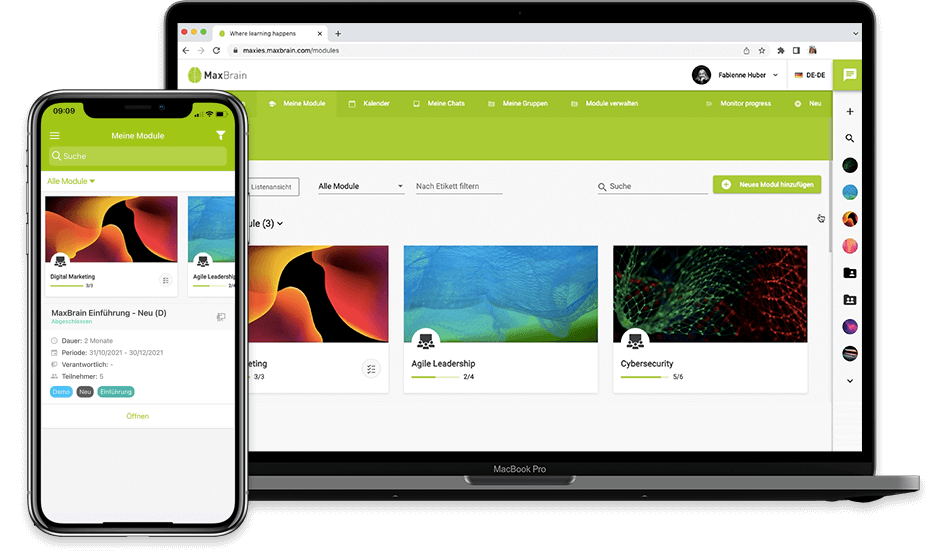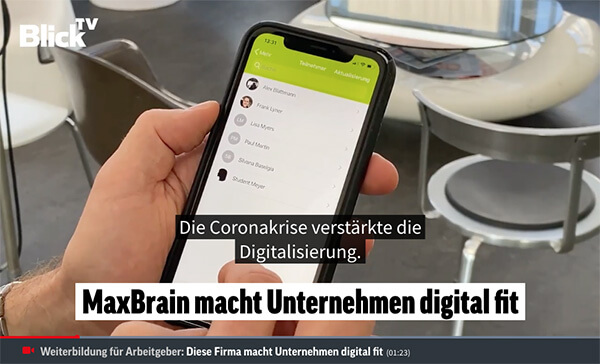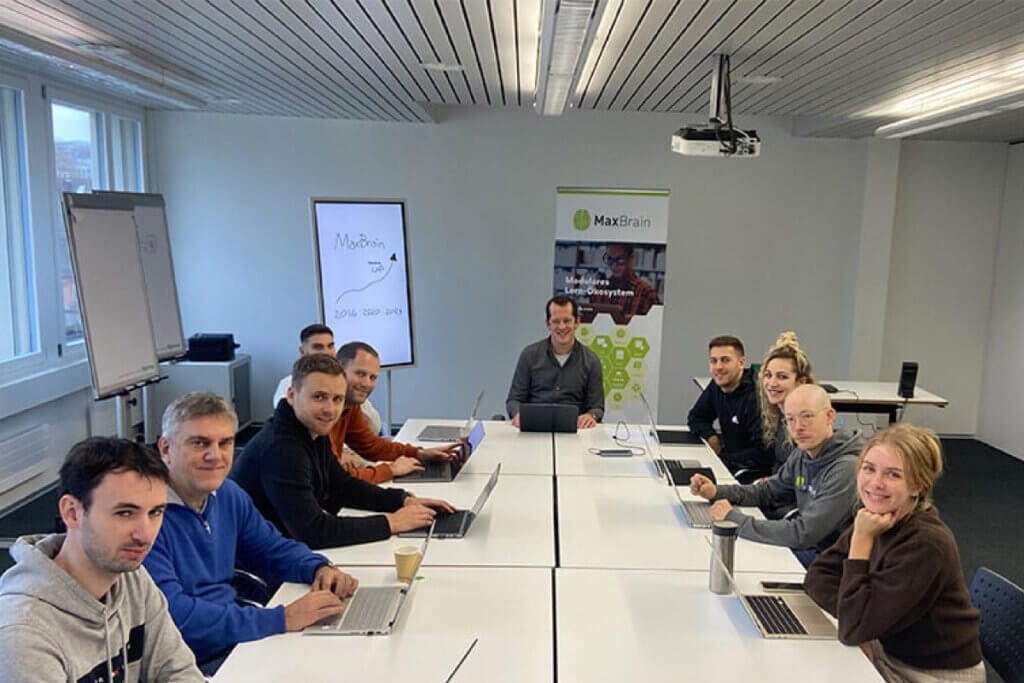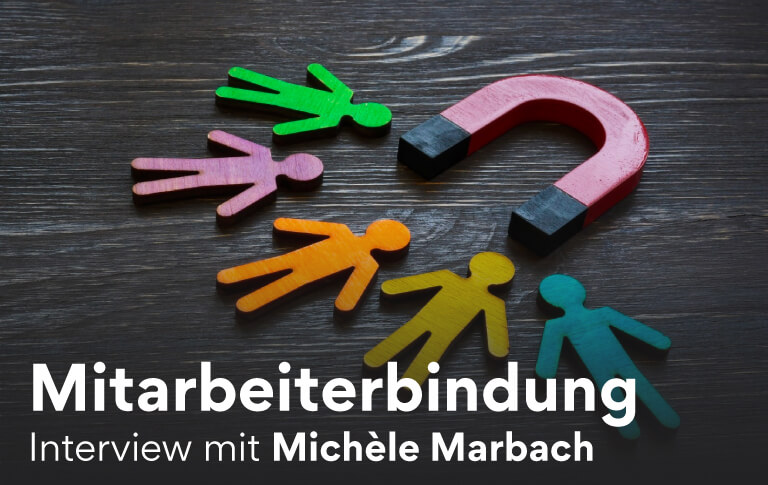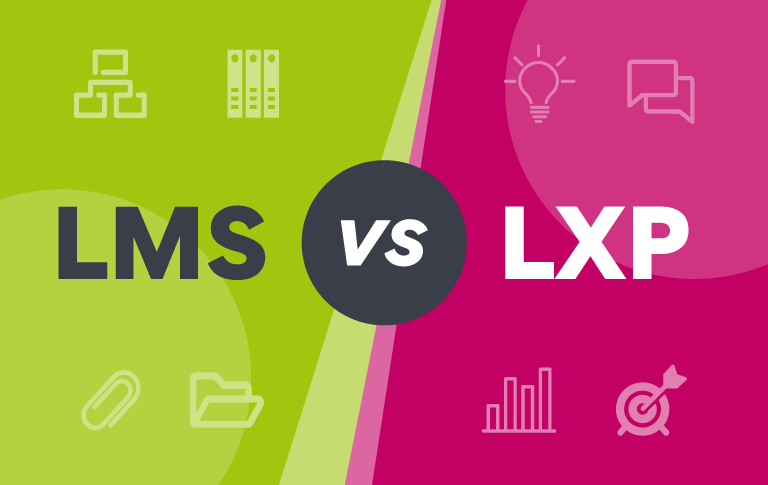Many education and training providers and companies are opting to implement digital teaching. From a technical perspective, this requires not only the selection of suitable software but also the procurement of appropriate end devices such as tablets, notebooks, PCs or smartphones. Should the provider purchase these, for example, or is a BYOD model preferable? We present different models and their advantages and disadvantages.
Model 1 - "Donation" of end devices by the provider
The provider can buy the end devices and give them to the participants, especially in long training and further education courses. The participant then receives a tablet as a "gift", for example, which they can use for digital lessons and keep afterwards.
Advantages:
- Advantageous conditions due to large procurement volume
- The participant receives a nice welcome gift in the form of a device (even if he ultimately pays for this himself through his course fee).
- Standardization benefits, as all participants have the same device.
- The provider does not bear the support costs for the devices, as they become the property of the participants as a gift at the start of the course.
Disadvantages:
- Depending on the type of device, the training provider may incur considerable costs in total. The model is therefore only suitable for courses of longer duration or in the higher price segment.
- The participant usually has no say in the purchase and their individual preferences are not taken into account. They may already have the same device in their private life, which greatly reduces the subjective value of the gift.
- Especially at the beginning of the event, participants are not yet familiar with the device. They therefore need a short "warm-up" phase and support from the provider.
Model 2 - "Lending" the digital devices to the participants
The training provider may procure equipment itself and make it available to participants for the duration of the course.
Advantages:
- The supplier can procure large quantities at favorable conditions.
- The result is a homogeneous appliance landscape.
Disadvantages:
- The participants are not familiar with the devices as they only use them on loan. This results in additional support costs for the provider.
- The provider is the owner of the devices and is therefore also responsible for their system integration and functionality. This applies to integration into the provider's respective WLAN. Tablets, for example, should also be integrated into the provider's mobile device management platform to protect against misuse and maintain the system environment. However, this requires specific IT knowledge, i.e. the training provider must build up IT skills here.
- The provider incurs considerable costs for the purchase of the devices.
- After 2-3 years, the end devices become obsolete and need to be replaced, which means a continuous need for investment.
- Once the participant has familiarized himself with the devices, he must unfortunately hand them in again.
Model 3 - Bring Your Own Device (BYOD)
The BYOD approach is becoming increasingly popular not only in companies but also in educational institutions. Participants procure their own devices and bring them to class.
Advantages:
- The provider does not incur any costs.
- The participants are usually very familiar with their devices and do not need any introduction.
- The responsibility for operating the devices lies with the participants. The provider therefore does not incur any support costs.
Disadvantages:
- Many software solutions quickly reach their limits with BYOD. The software must be optimized for all device types (smartphone, tablet, notebook, PC) as well as operating systems (Windows, Android, iOS). This is technically demanding. Moreover, if there is to be more than just a simple web view, separate apps must be developed, which increases the complexity of the environment. The provider must therefore focus on the selection of suitable software in a BYOD setting.
Model 4 - Voucher - combination of "gift" and BYOD
The provider can also strive for a combination of Model 1 and Model 3 by giving the participants a voucher but leaving the purchase of the end devices to the participants themselves.
Advantages:
- The participants are usually very familiar with their devices and do not need any introduction.
- The responsibility for operating the devices lies with the participants. The provider therefore does not incur any support costs.
- In addition, the participant receives a gift.
- In addition, the provider has more flexibility in terms of the value of the "gift" and can, for example, only partially finance the purchase of certain equipment. This also makes this option attractive for smaller training programs.
Disadvantages:
- Some participants perceive vouchers as subjectively less valuable than a physical device.
Vouchers are usually tied to a specific distributor.
Conclusion
In our opinion, model 2 is a rather unfavorable constellation, as this variant is associated with high costs for the provider, a high support effort but only little benefit for the participants.
All other variants, on the other hand, offer balanced advantages and disadvantages and must be carefully weighed up taking into account the objectives, design and financial strength of the training program. As a cloud-based, device-independent and cross-platform LMS, MaxBrain is suitable for all variants.
